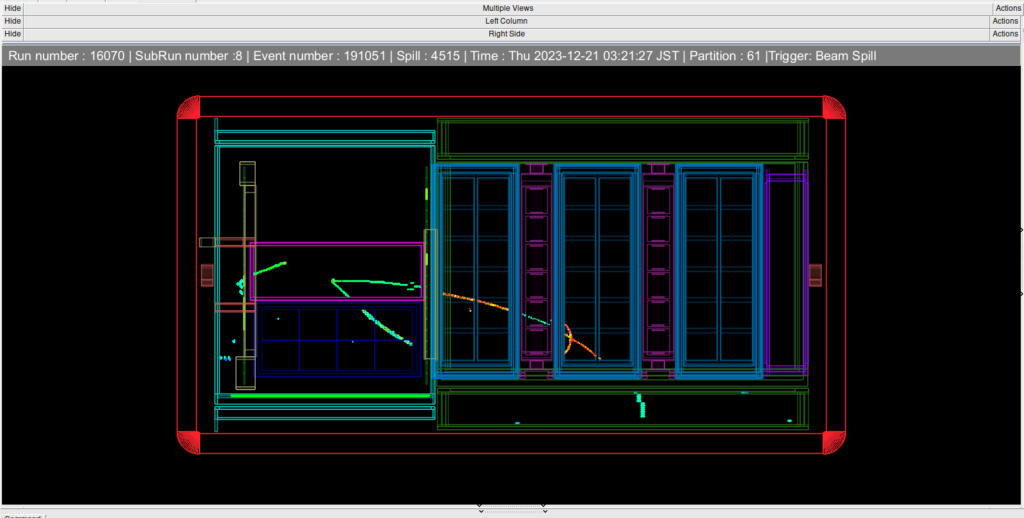The T2K Collaboration has started data taking using the enhanced neutrino beam and new neutrino near-detectors from December 2023. The KEK/J-PARC center has upgraded the main ring accelerator and the neutrino beamline to increase the beam power. T2K has also upgraded its neutrino production instruments. The stable operation of neutrino beam has been successfully achieved at a record high beam intensity (about 710 kW), an increase of about 40% compared to before the upgrade. Furthermore, on December 25th, the continuous operation of neutrino beam has been successfully achieved at 760kW, which is greater than the initial design beam power. The pulsed electromagnet (electromagnetic horn) system, the heart of the neutrino generator, was also upgraded. The current applied to the electromagnetic horn has been increased from 250 kA to 320 kA. This allowed us to increase the neutrino intensity by about 10%. In addition, T2K installed new neutrino detectors that can measure neutrino interactions with even higher precision than before. The newly installed detectors consist of SuperFGD, which detects tracks around a neutrino interaction point inside the detector, High-Angle TPC, which measures momentum of particles emitted over a wide range of angles, and Time-of-Flight, which can detect incoming or outgoing particles and identify particles. Neutrino event candidates were successfully observed during a technical run of the new detectors after the start of beam operation. In 2020, the T2K gave the first hints that the symmetry between matter and antimatter could be violated in neutrino oscillations. With these enhancements, T2K will continue to lead the world in advancing the understanding of neutrino properties and unraveling the mystery of the absence of antimatter in the universe.
Read the full press release here.




